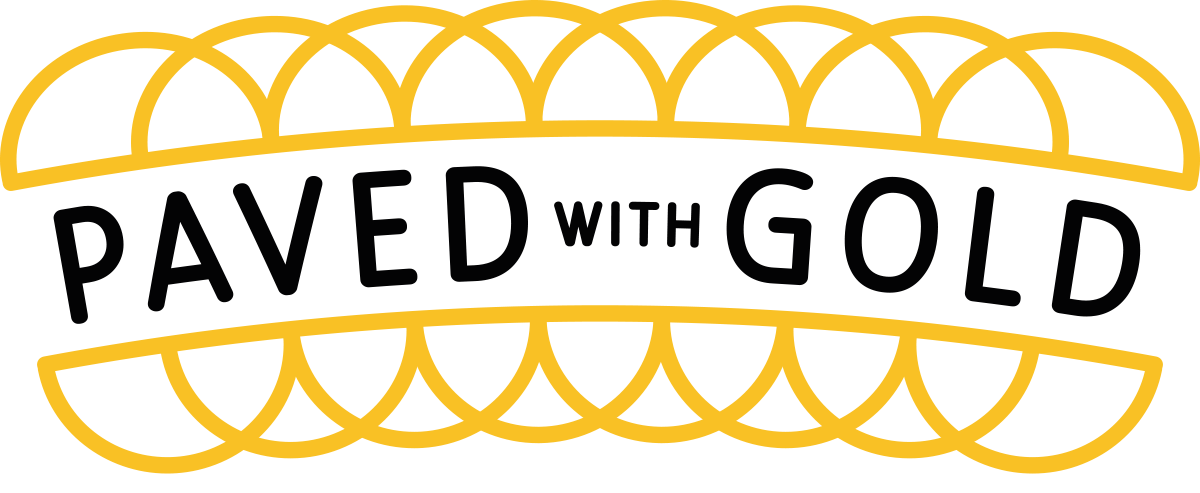Conscious Me asked us to create an event to get people thinking about conscious businesses in London. Our aim was to get people sharing the conscious organisations they support and their website too. We organised a photo walk with Instagramers London and 11 Conscious organisations in the Soho area that impact the world in a positive way.
We collaborated with businesses to arrange something fun to do at each location, ensuring snacks and drinks were provided. Despite the rainy forecasts over 50 inspired instagrammers and bloggers came along to take part. You can take a look at #consciouslondon to see all the amazing instagrams that were shared but here are some of our favourite snaps and moments from the day.












What an awesome day, a huge thanks to all the Conscious places we visited and to everyone that helped share photos to promote conscious consumerism.


